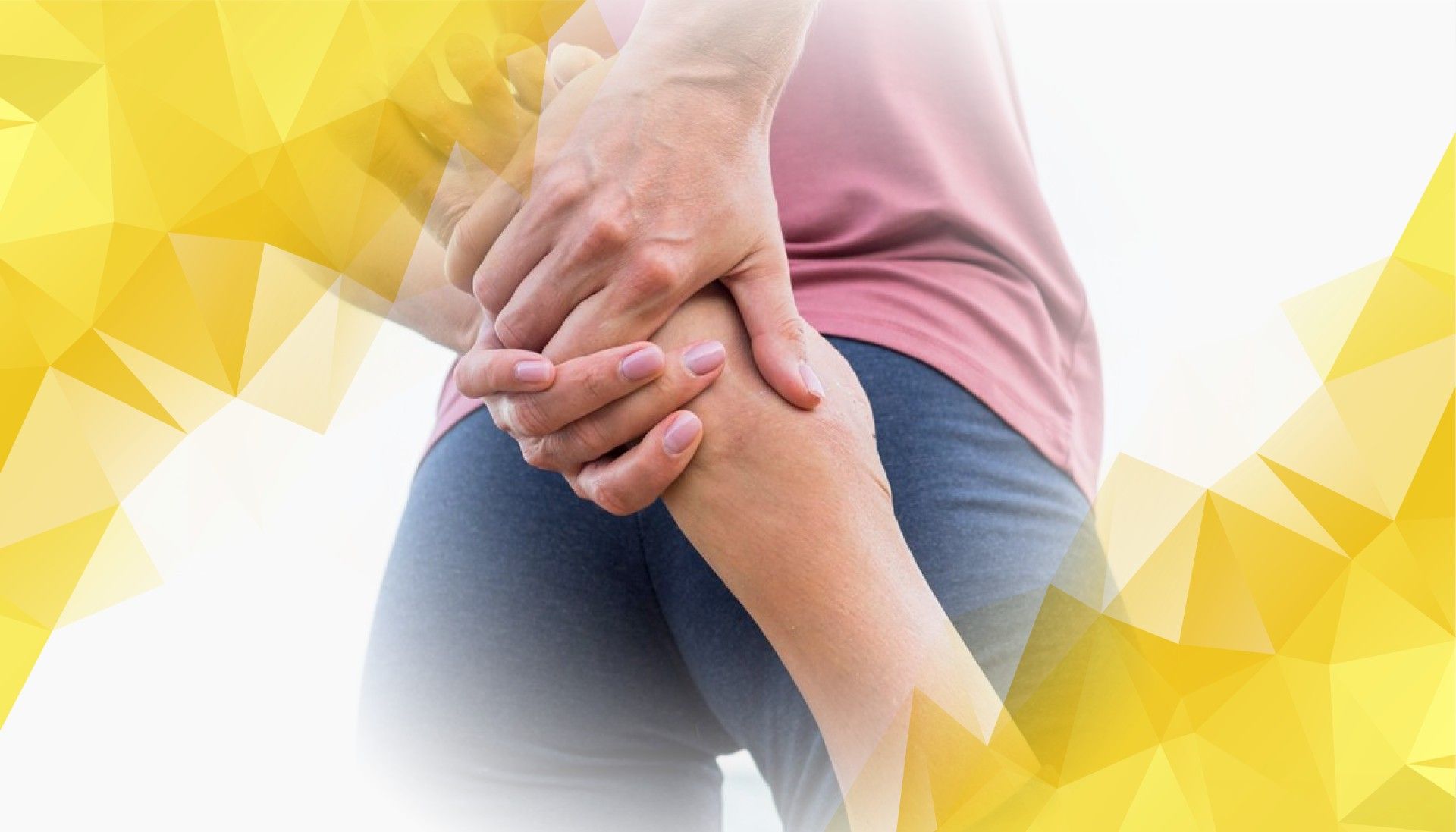Understanding Meniscus Injuries and Their Impact
Meniscus injuries are a common source of knee pain and stiffness, often making simple daily movements challenging. The meniscus is a C-shaped piece of cartilage that cushions and stabilises the knee , absorbing shock and enabling smooth motion. When the meniscus is injured—through sudden trauma or gradual wear—it can result in pain, swelling, and restricted mobility . Traditional treatments usually focus on rest and basic muscle strengthening, but these approaches often don’t fully restore the knee ’s natural movement. That’s where the MAI Motion approach sets itself apart. This innovative method goes beyond basic rehabilitation, focusing on retraining the knee’s movement patterns to help people regain confidence and return to their daily lives more effectively.
What Is the MAI Motion Approach?
MAI Motion is a specialised rehabilitation technique that emphasises purposeful, controlled movement—rather than just strengthening individual muscles. Instead of viewing the knee in isolation, the approach looks at how the knee interacts with the hips, ankles, and core to create stable, healthy movement. Retraining these coordinated movement patterns helps restore the knee’s stability and improves overall function after a meniscus injury . Through targeted exercises, MAI Motion teaches the brain and muscles to work together efficiently, enhancing balance, control, and confidence.
The Science Behind MAI Motion
MAI Motion centres on biomechanics—the science of how our bodies move and bear weight. This method aims to improve knee alignment and distribute forces evenly, reducing strain on an injured meniscus . The exercises activate key muscles such as the quadriceps and hamstrings in harmony, improving knee support during daily activities. An important focus is proprioception, our awareness of joint position and movement . MAI Motion includes training to sharpen this sense, enabling the knee to react quickly to shifts in movement and helping prevent future injuries.
Research shows that the streamlined MAI Motion assessments can effectively capture knee biomechanics with fewer repetitions, making rehabilitation more accessible and less taxing for patients. Studies also confirm that movement-based rehabilitation leads to better pain relief, greater joint stability, and improved mobility compared to traditional, isolated muscle exercises .
Real-Life Benefits for Patients
The MAI Motion approach delivers more than just pain relief—it empowers people to regain practical, everyday function. Many patients report being able to walk, climb stairs, and bend more comfortably, without pain holding them back. By emphasizing natural movement , MAI Motion also helps prevent the body from developing compensatory habits—unhelpful movement patterns that can cause new problems later.
Importantly, the protocol is designed with patient comfort in mind. Streamlined exercises require less effort and can be adapted to suit individual needs. Patients who follow the MAI Motion program often return to normal activities sooner and more confidently than those using conventional therapy alone. The approach also helps manage pain by reducing uneven pressure on the knee and supporting the surrounding muscles, making recovery smoother and less discouraging.
Bringing MAI Motion into Clinical Practice
For physiotherapists and clinicians, MAI Motion means embracing a more active, movement-focused approach to knee care. This involves incorporating exercises that engage several joints and muscle groups together, rather than just targeting the knee . While some challenges remain—such as keeping patients motivated and adapting exercises to suit different injuries—the method’s patient-friendly design and adaptable protocols make it well-suited to real-world clinical use.
Ongoing research continues to fine-tune how best to implement MAI Motion in everyday practice. Despite these challenges, it presents an exciting opportunity for healthcare professionals to deliver better outcomes and more complete recoveries.
Looking Ahead: The Future of Knee Rehabilitation
In summary, the MAI Motion approach represents a fresh and effective direction for meniscus injury recovery . By centering on functional movement and coordinated muscle action, it goes beyond simply reducing pain —supporting both immediate recovery and long-term knee health. As more evidence emerges and clinics begin to adopt this method, MAI Motion has the potential to transform the way knee injuries are treated, offering hope for faster, fuller, and more confident recoveries.
References
- Armstrong, K., Zhang, L., Wen, Y., Willmott, A. P., Lee, P., & Ye, X. (2024). A marker-less human motion analysis system for motion-based biomarker identification and quantification in knee disorders. Frontiers in Digital Health. https://doi.org/10.3389/fdgth.2024.1324511
- Wen, Y., Verma, T., Whitehead, J. P., & Lee, P. (2025). Empirical validation of a streamlined three-repetition sit-to-stand protocol using MAI Motion. Applied Sciences, 15(10), 5688. https://doi.org/10.3390/app15105688

